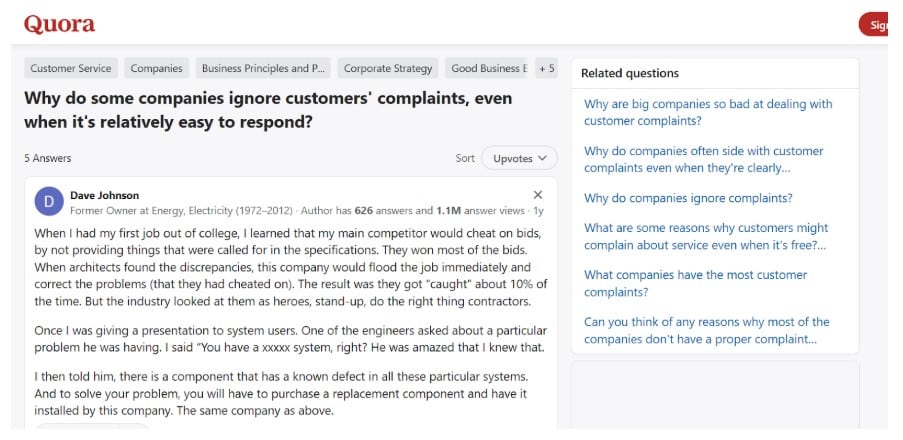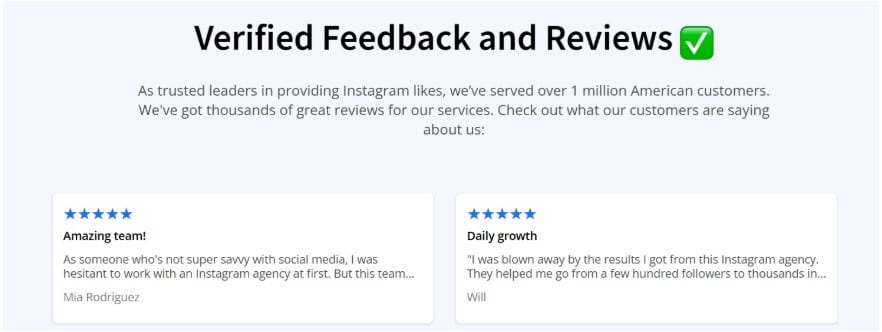Too many brands don’t notice public relations (PR) mistakes until they’ve already taken a toll on revenue, partnerships, and public trust. But by then, the narrative is no longer theirs — it belongs to their critics, competitors, or whoever spoke first.
If you want to get ahead of your brand’s reputation, it’s pivotal to stay away from the following reputation killers. 👇
1. Treating PR as reactive damage control instead of a strategic function
If your brand only shows up in the media when something’s gone wrong, you’re letting other people write your story. It’s the “firefighter” approach to PR … rushing in during a crisis, but remaining invisible the rest of the time.
The public will always remember the controversy before they remember your value. And in PR, silence is still a message.
If you’re not part of the conversation until you’re defending yourself, you’ve already lost control.

➜ A better approach: Map out a proactive PR calendar with monthly thought-leadership content, community initiatives, and value-driven pitches. Your goal is to seed positive stories long before trouble hits.
Make sure to also have a crisis management plan for different potential scenarios. (For instance, plan how you’d respond if a product defect went viral. Or outline the first steps if a competitor made false public claims about your brand.)
More on this in a bit.
2. Inconsistent messaging across channels affects public perception
Your press release says one thing, your website another, and your social media posts? They’re speaking an entirely different language.
Even small discrepancies, such as different mission statements or shifting tones, can make your audience feel like something’s “off.”
Journalists, investors, and customers will check you out in multiple places before engaging. If they see mismatched information, they may assume your brand is sloppy — or worse, dishonest.
Mismatched titles and descriptions also confuse search engines and large language models, which can result in inaccurate rankings and brand misrepresentation.
➜ A better approach: Create a brand messaging guide with your mission, positioning, tone, and three core talking points. Make sure everyone from your CEO to customer support knows how to keep the message aligned.
(Note: If you have different branches or business legs, clearly define your messaging and channels for each of them.)
3. Ignoring stakeholder relationships until you need them
A lot of brands only call journalists, influencers, or partners when they want something … a feature, a share, a quick favor. But media relationships are built months or even years before you ask for coverage.
Editor and reporter inboxes get flooded daily. They’re way more likely to open an email from someone they already know and trust, even if the story isn’t front-page material. That’s where email finder API can help.
A better approach: Nurture stakeholder relationships year-round. Send relevant articles their way. Congratulate them on a piece you liked.
And be genuinely helpful without making an ask every time you show up in their inbox.
4. Poor crisis communication planning
If your crisis plan is basically “We’ll figure it out when it happens,” you’re setting yourself up for panic and chaos.
Hours, sometimes minutes, can be the difference between containing a crisis and watching it spiral into a viral nightmare.
People don’t solely judge you on what happened. They judge you on how you handle it. (Disorganized, delayed, or defensive responses can undermine your integrity and make the situation worse.)

➜ A better approach: Create a crisis playbook. Include pre-approved holding statements for common scenarios, define roles clearly, and run practice drills. This supports your team to act fast without scrambling for the right words at the last minute.
5. Overhyping or misrepresenting your story
Yes, bold headlines get clicks.
But if you exaggerate or mislead, it’s only a matter of time before someone calls you out. (And receipts live forever online.)
Credibility is PR’s currency. Lose it once, and every future announcement will face harsher scrutiny. Even the best journalists will skip your pitch if they smell hype without substance.
➜ A better approach: Anchor your story in real data, customer outcomes, and tangible proof. Let third parties (media, influencers, happy customers) be the ones to amplify your wins.
Don’t forget social media’s impactful role on brand awareness
There are over 5.24 billion social media users worldwide, with an average person using over six different social networks per month, according to Backlinko.
This gives you a major opportunity to frame your brand identity in front of large audiences and establish a stronger reputation.
While authenticity should always come first, strategically purchasing Instagram likes for your posts can also support you with more visibility. (When your profile attracts organic interactions, it encourages the algorithm to show your content to more relevant users.)
Note: If you decide to invest in likes or followers for your social media profiles, choose a reputable company with good ratings and testimonials from other brands in your niche.

11 steps to strengthen your PR reputation (Quick checklist)
Here’s a quick checklist you can use to put these insights into action now:
- Build a year-round PR calendar and have a crisis management plan.
- Create and share a brand messaging guide internally.
- Audit all public channels for consistency.
- Compile and maintain a media contact list.
- Engage with your network regularly without asking for favors.
- Prepare and store crisis holding statements.
- Assign and train a crisis response team.
- Fact-check every claim before release.
- Monitor your brand reputation in real time.
- Track a quarterly “trust score” based on coverage, sentiment, and feedback.
- Maintain a strong brand image on social media.
TL;DR:
Reputation is an asset that compounds.
When you avoid these mistakes and commit to deliberate, consistent PR, you protect your brand and give it a competitive edge that can’t be bought overnight.
Here’s a summary of what we’ve covered in this guide:
| PR mistake | Impact on brand reputation | How to fix it |
| Treating PR as reactive damage control. | Others control your narrative; the brand becomes known for crises instead of value. | Build a year-round PR calendar with proactive media outreach and thought leadership. |
| Inconsistent messaging across channels. | Creates distrust; makes the brand seem sloppy or dishonest. | Create and enforce a brand messaging guide for all communications. |
| Ignoring stakeholder relationships until you need them. | Media and influencers are less likely to support or cover your stories. | Nurture relationships year-round without asking for anything in return. |
| Poor crisis communication planning. | Delays and chaos escalate small issues into major reputational damage. | Prepare a crisis playbook with roles, pre-approved statements, and escalation steps. |
| Overhyping or misrepresenting your story. | Short-term buzz leads to long-term distrust and the media loses interest. | Base all claims on verified facts and let third parties amplify your wins. |
Strong PR builds and protects trust over time.
The brands that come out ahead are the ones that:
- Show up proactively, not just when things go wrong
- Keep their message consistent everywhere.
- Invest in relationships long before they need them.
- Have a plan for when things get messy.
- Tell the truth, even when it’s tempting to dress it up.
PS: Need support? Power your PR with Agility, the award-winning platform that uses generative AI to deliver smarter, faster, more impactful communications.
FAQs about common PR mistakes
- What’s the most harmful PR mistake?
The most harmful PR mistake is ignoring PR entirely until a crisis hits. - How does not knowing your audience hurt PR?
Not knowing your audience hurts PR because it makes your messaging irrelevant and wastes resources. - Why is failing to build media relationships damaging?
Failing to build media relationships is damaging because, without trust, your outreach gets ignored. - Is neglecting digital PR a mistake?
Yes, neglecting digital PR is a mistake because social media shapes sentiment in real time. - What happens when you don’t measure PR outcomes?
When you don’t measure outcomes in public relations, you’re guessing instead of improving your strategy.



